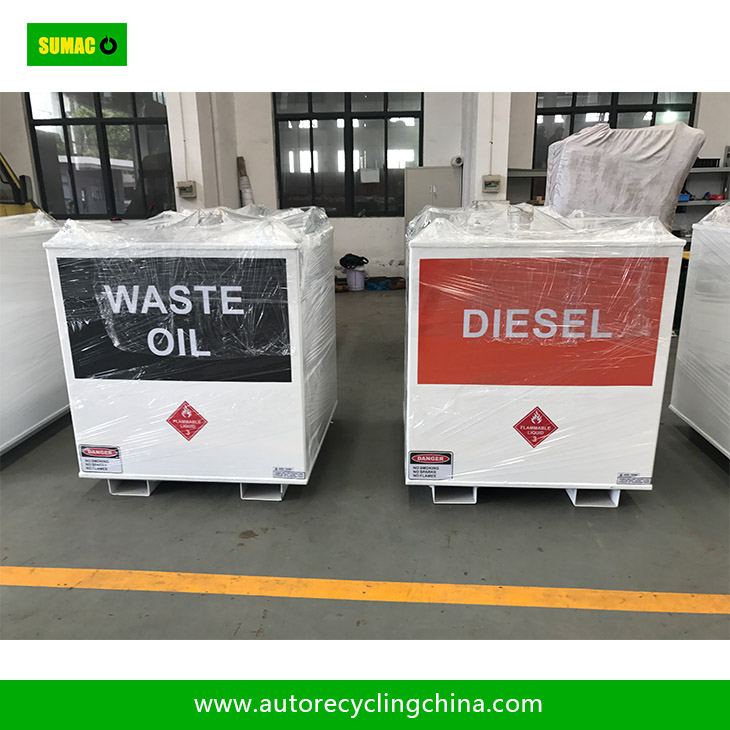The load-bearing standards for customized fuel tanks vary depending on multiple factors, including tank material, design specifications, application scenarios, and relevant industry regulations. Here are the key considerations:
1. Material Strength
The material of the fuel tank (e.g., stainless steel, aluminum alloy, or high-density polyethylene) directly influences its load-bearing capacity. For example, stainless steel tanks offer high corrosion resistance and structural strength, suitable for heavy-duty applications, while aluminum alloy tanks are lightweight but require precise welding to ensure load-bearing integrity. Standards often specify minimum yield strength (e.g., ≥205 MPa for certain steel grades) and thickness requirements (e.g., ≥3 mm for welded seams).
2. Design Pressure Ratings
Custom fuel tanks must comply with pressure standards, including:
- Static Pressure: Resistance to the weight of the fuel itself (e.g., 1 kPa per 10 cm of fuel height for gasoline).
- Dynamic Pressure: Tolerance to vibrations and impacts during transportation (e.g., compliance with ISO 16110 for mobile equipment).
- Burst Pressure: Safety margins for overpressure scenarios (e.g., design burst pressure ≥1.5× working pressure, as per ASME BPVC codes).
3. Installation and Structural Support
Load-bearing standards also address how the tank is mounted:
- Fixed Tanks: Anchoring requirements to withstand lateral forces (e.g., wind or seismic loads, following ASCE 7 standards).
- Transportable Tanks: Compliance with vehicle certification norms (e.g., UN R105 for hazardous materials transport), including tests for rollover and impact resistance.
4. Industry-Specific Regulations
Different sectors have distinct standards:
- Aviation: Tanks must meet FAR 23.983 (airworthiness for aircraft fuel systems), ensuring leak-proof integrity under extreme maneuvers.
- Marine: Compliance with SOLAS 公约 (Chapter II-2) for fire safety and load stability in marine environments.
- Automotive: ISO 3832 for fuel tanks in road vehicles, specifying load cycles and fatigue resistance.
5. Testing and Certification
All customized tanks undergo rigorous testing, such as:
- Hydrostatic Testing: Pressurizing with water to check for leaks (e.g., 1.3× working pressure for 30 minutes).
- Vibration Testing: Simulating real-world conditions to ensure welds and supports remain intact (e.g., ISO 16750 for automotive applications).
-
Certification Marks: Compliance with standards like CE (for the EU), DOT (for U.S. transportation), or API 620 (for large welded storage tanks).

